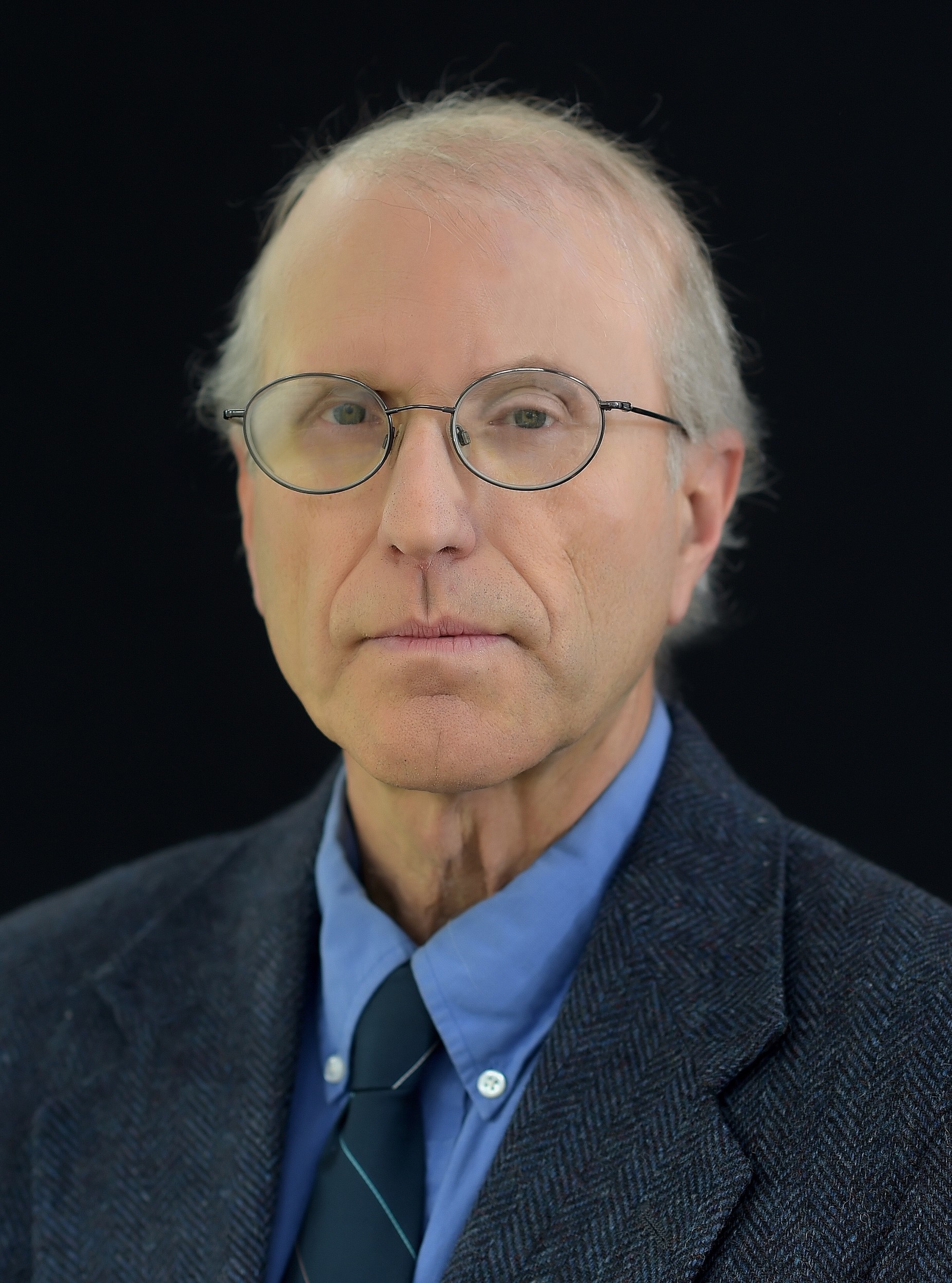What needs to be done to save Oyster Bay
This will be a momentous year for determining whether oysters and clams thrive again in Oyster Bay and Cold Spring Harbor. The future sustainability of the shellfish population hinges on decisions to be made in the coming months by the Town of Oyster Bay.
In September, the town’s 30-year lease of underwater land to Frank M. Flower & Sons will end, and what the town will do with that acreage is a critically important question. A shellfish management plan being developed by the town, with input from Friends of the Bay and other stakeholders, will provide the proper answer if it’s based on science and what’s best for the ecosystem. If prudent actions are taken, the shellfish population has the best chance of rebounding and again providing the historic benefit of improving water quality.
For nearly 400 years, Oyster Bay has been renowned for its shellfish. And in recent decades, the two harbors have produced up to 90 percent of the state’s clams.
Sadly, because of a combination of pollution, overfishing and rising water temperatures, the areas open for shellfishing have shrunk, the harbors today are virtually devoid of oysters, and the clam population has plummeted. In recent years, oysters served at the annual Oyster Festival had to be imported from Connecticut.
Unless significant steps are taken, our fine harbors may go the way of others like the Great South Bay, which had a thriving oyster population through the 1970s before they became virtually extinct.
When Flower closed its hatchery in 2019, it stopped growing and planting 50 million oyster seeds and 50 million clam seeds a year. Now, for the fifth year, the familiar dredges out on the bay are harvesting every clam they can find without putting anything back.
As the shellfish population has declined, so too have the number of independent baymen working the open public lands around the leased area.
To reverse this doom-and-gloom scenario, several steps need to be taken — immediately:
The town needs to move ahead with its plans to construct a large-scale hatchery to produce the shellfish needed to re-seed the harbor. The town has hired a firm to design a facility to grow up to 100 million shellfish a year.
The town must continue with its plan to set aside a significant amount of acreage to create “shellfish sanctuary areas” where shellfish can reproduce without interference or harvesting. Determining the best locations would need to be based on scientific studies; bottom characteristics; currents; establishment of oyster reefs; restoration of wetlands; and the careful implementation of modern aquaculture methods, such as off-bottom cages, for commercial harvesting. Creating the sanctuaries would set aside a small amount of the bays while leaving most of them open for commercial harvesting by the baymen and recreational digging.
While the town has vitally important decisions to make, it will have an array of resources to draw upon:
Friends of the Bay just completed a project with Adelphi University to study the currents where the town has been planting clams and oysters to study the suitability of those areas.
Stony Brook University’s School of Marine and Atmospheric Sciences this year will build on the Adelphi research by continuing to study the best areas and methods for restoring oysters in the bay with a grant of almost $500,000, with the town supplying matching staff time and other resources.
The Hempstead Harbor Protection Committee has received a federal Environmental Protection Agency grant to plant 2 million oysters in Oyster Bay over the next three years.
Later this year, the Nature Conservancy and the Pew Charitable Trusts will provide fully grown oysters to help repopulate the bay.
The town just received a $435,000 grant to install an estimated nine floating wetlands — a first for Nassau County — and create, among other things, oyster reefs near Beekman Beach.
The town is seeking bids to supply 20 million seed clams and oysters.
The Oyster Bay/Cold Spring Harbor Protection Committee has developed an “oyster garden” program in which nearly 200 “oyster gardeners” will grow oysters in cages for planting in the bay this year and in future years.
Never before have so many worked together to replenish the bay’s shellfish population.
But for these efforts to succeed, the public must support their implementation. We need those who live, work and play around Oyster Bay to support and become members of Friends of the Bay (friendsofthebay.org/membership) or join our mailing list (friendsofthebay.org/newsletter) to stay abreast of what we’re doing and back adoption of the needed actions so that we can once again have a thriving oyster and clam population in Oyster Bay and Cold Spring Harbor for future generations.
Bill Bleyer is president of Friends of the Bay.

 46.0°,
A Few Clouds
46.0°,
A Few Clouds 




